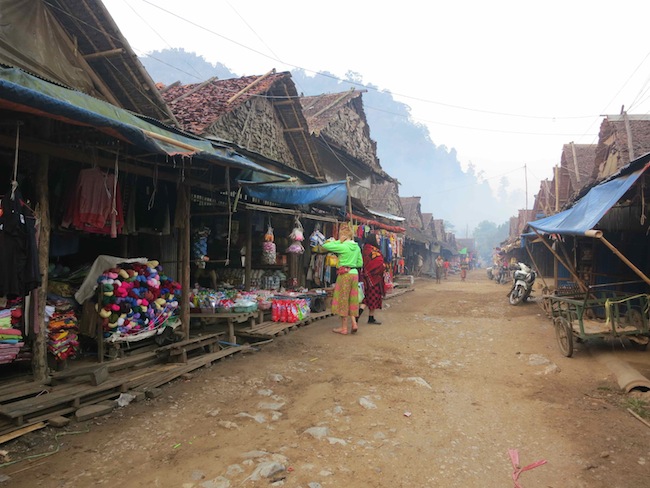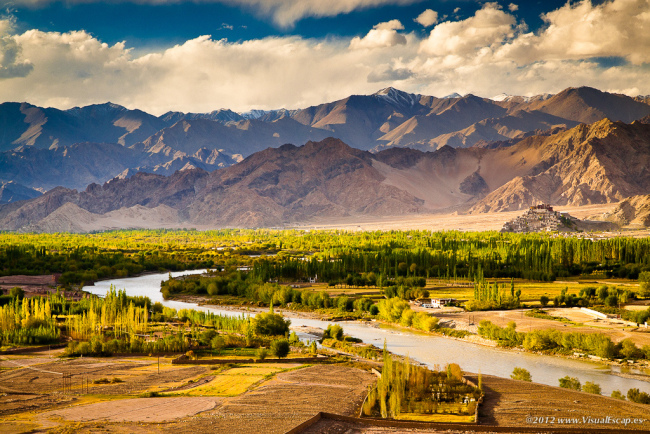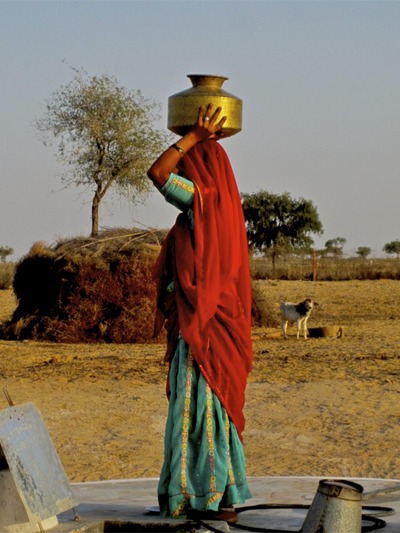A Partner Post by PerpetualExplorer.com contributor, Emma Corcoran.
The dense, mountainous jungle on the Thai-Burmese border serves as an inhospitable home to around 14,000 refugees. Over the last three decades, fighting between Burmese hill-tribe militias and government forces has turned the Burmese side of the border into a danger-zone of murder, rape and hunger. As a result, thousands of Burmese refugees have fled into Thailand seeking a stability they can’t find in their homeland.
The refugees are housed in nine ramshackle camps along the rugged border region or live precarious lives as undocumented migrants in towns outside the camps. Many of the children born to Burmese parents in Thailand enter the world as stateless infants, because they´re denied birth certification from either country.

Early Morning in a Thai Refugee Camp
“I think the first time I went to the camps was around eight years ago,” says Andrea Russell, speaking on the phone from her home on the Canadian west-coast. “I just couldn’t believe how many people there were and how little awareness there was in the rest of the world about their situation.”
Andrea had been a regular visitor to Thailand since studying there at the age of 17 as an exchange-student. In 2005, a friend who ran an informal circus took her to the Mae Sot region on the Thai-Burmese border to perform for some of the refugee children.
Eight years later, Andrea is the soft-spoken, but passionate “ringmaster” and director of Spark Circus, a nonprofit organisation which brings together circus performers from around the world to perform an annual series of concerts and workshops for the Burmese refugees in the Mae Sot area. The volunteer circus performers use music, dance, games and clowning to bring a day of levity into the lives of thousands of underprivileged children, many of whom don’t own even a single toy.




